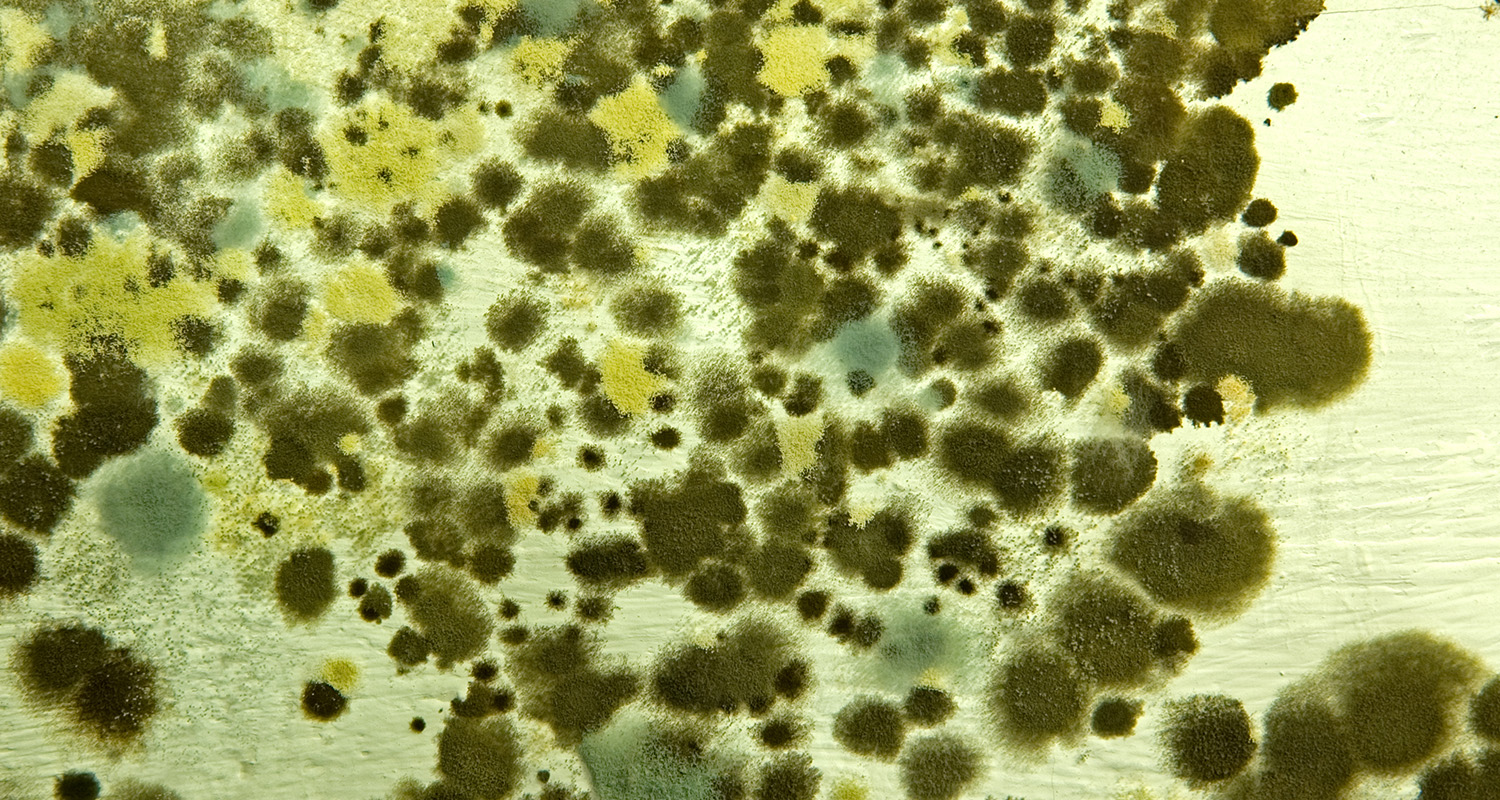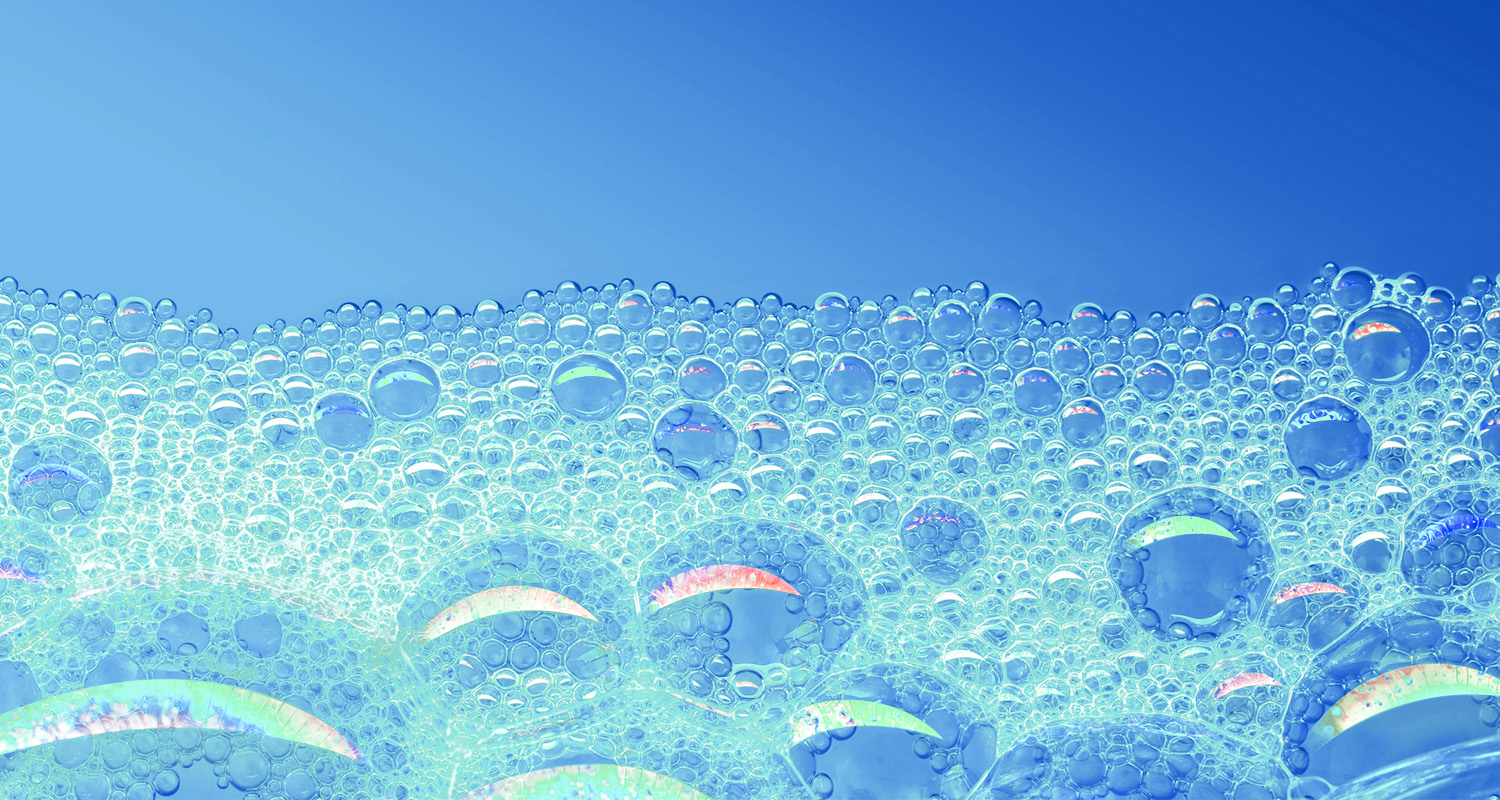
- If you’re not cleaning your coffee maker regularly, it could be growing mold, yeast, and bacteria.
- Letting mold, yeast, and bacteria accumulate in your coffee maker could have consequences for your health, such as exacerbating existing respiratory problems or spreading gastrointestinal illnesses.
- You should be washing your coffee maker after each use, as well as doing a deep clean once a month (Skip ahead to learn how to clean your coffee maker).
You may see your coffee maker as your ultimate ally — after all it is the dependable vehicle that delivers your daily cup(s) of Bulletproof Coffee. But if you’re neglecting to clean your coffee maker regularly or properly, it could be more foe than friend.
While the boiling water you use to make coffee does help kill germs, at the same time, the reservoir inside coffee makers is a dream breeding ground for unwanted microorganisms. A 2011 study by NSF International, a public health and safety organization, found mold and yeast were found in 50 percent of coffee reservoirs[ref url=”http://www.nsf.org/newsroom_pdf/2011_NSF_Household_Germ_Study_exec-summary.pdf”] — making them a dirtier spot than the bathroom faucet handle, countertop or cutting board. Nine percent of coffee reservoirs also tested positive for coliform, a type of bacteria commonly found in fecal matter.
“Coffee makers are one of the top five places NSF International discovered unfriendly bacteria in our germ study, thanks largely to the presence of two conditions germs love: moisture and warmth,” says Lisa Yakas, Senior Certification Project Manager of Consumer Products for NSF International. “Also, people may not be aware of the need to clean their coffee makers regularly, which allows more time for growth.”
And the nasties that are developing might not be immediately apparent to your naked eye. “There are a lot of crevices to clean that can be hard see, so they tend to be hot spots for bacteria and molds that are water-loving,” according to Kelly Reynolds, PhD, Director of the Environment, Exposure Science and Risk Assessment Center at the University of Arizona. When you neglect to clean your coffee maker, you may see biofilms manifest like a layer of slime over time. Or eventually you could find black mold, similar to what’s found in showers and toilets (yuck) — develop in those hard-to-see nooks and crannies, she says.
How to clean your coffee maker
 Clean after every use
Clean after every use
Because biofilm can grow in as little as two days, says Reynolds, it’s important to do a quick wash of your coffee maker following each use.
“Regular cleaning is the best way to avoid the growth of unfriendly bacteria in your coffee maker,” Yakas says. “Clean all removable parts, including the carafe, after every use. You can hand wash in the sink with warm, soapy water, but usually the parts are dishwasher safe. Clean all the parts, and dry thoroughly before re-assembling.”
Do a deep clean every month
You’ll also want to do a deeper clean monthly using vinegar, which is not only a solid cleaning solution, but it’s also perfectly safe to ingest. Here’s how to clean your coffee maker with vinegar:
- Add up to four cups of undiluted vinegar to the reservoir.
- Let it it stand for 30 minutes before running the vinegar through the unit.
- Run two to three cycles of fresh water through the unit until the vinegar odor is gone.
In addition to your daily and monthly wash routine, you’ll want to adopt other hygienic coffee habits. “Empty out any unused water from your coffee maker after each use,” Yakas says. “And leave the lid to your coffee maker reservoir open in between uses. This helps dry it out, which in turn can help prevent the growth of germs.”
What happens if you don’t clean your coffee maker?

“You can breathe in organisms like mold if they’re growing in high concentrations,” Reynolds says. “If you breathe it in and are susceptible to infection, this can have respiratory effects.”
For compromised people, such as those with asthma or allergies, it’s extra-important to be vigilant about mold growth (research has linked mold exposure to allergies and asthma).[ref url=”https://www.ncbi.nlm.nih.gov/pmc/articles/PMC3114807/”] Same goes for young children and pregnant people. One study has even indicated that prenatal mold exposure can lead to atopic dermatitis in infants.[ref url=”https://www.sciencedirect.com/science/article/pii/S0021755718303735?via%3Dihub”]
And the negative outcomes of mold exposure may extend beyond that, thanks to mycotoxins,[ref url=”https://www.ncbi.nlm.nih.gov/pmc/articles/PMC164220/”] which are disease-causing metabolites produced by molds. For example, Ochratoxin A, one mycotoxin, has been associated with kidney[ref url=”https://www.ncbi.nlm.nih.gov/pmc/articles/PMC3255309/”] and neurodegenerative[ref url=”https://www.ncbi.nlm.nih.gov/pmc/articles/PMC3179161/”] disease. (You can read more about why mycotoxins are kryptonite and how to hack them here.) Other toxic mold exposure effects may include, fatigue, brain fog, and muscle aches (here’s a full list of symptoms). And these effects can be especially acute for the approximately one in four people who are particularly sensitive to mold exposure). If you think you’re affected by mold, check out these ways to detox your home and your body.
Get more biohacking tips and tricks by signing up for the Bulletproof newsletter below.
 Clean after every use
Clean after every use









